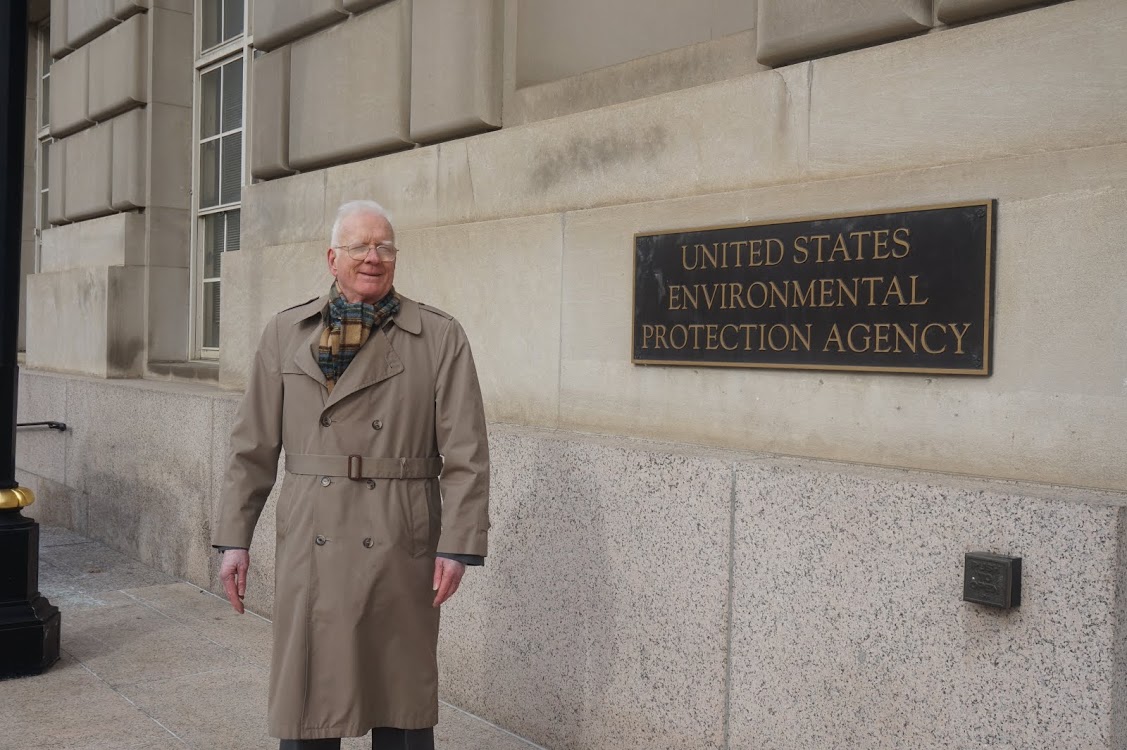My name is Bonner Cohen, and I appreciate the opportunity to comment on the agency’s proposed MATS rulemaking on behalf of the Committee for a Constructive Tomorrow (CFACT).
I will confine my remarks to one key aspect of the proposal. This is the first time EPA has updated its MATS standards since 2012. Those standards, which were part of the Obama Administration’s Clean Power Plan (CPP) were subsequently overturned in a landmark Supreme Court Case, Michigan v. EPA. In its decision, the Supreme Court faulted the agency for proposing a rule in which EPA’s estimate of the costs far exceeded the agency’s estimate of the benefits. The benefits were put at $4-6 million a year while the costs were pegged at as high as $9.6 billion a year. Noting this enormous difference in its decision to overturn the 2012 rule, the court said “[n]o regulation is ‘appropriate’ if it does significantly more harm than good.”
Now, 11 years later, EPA is putting forward another MATS rulemaking, only this time the agency has not offered any estimate of the direct benefits of its proposal. Instead, the agency cites Section 112 of the Clean Air Act (CAA), which deals with Hazardous Air Pollutants (HAPs) for its statutory authority for the MATS rule, but fails to provide a HAPs-related justification for its rulemaking.
This is an end-run around the law. Congress passed Section 112 to deal specifically with HAPs. EPA is now using Section 112 to address non-HAPs issues. Instead, the agency cites alleged ancillary benefits, such as PM2.5 ancillary benefits, to justify the rule. Whereas is the 2012 rule, EPA did identify a small amount of mercury emissions reduction to justify its action, in the current rulemaking proposal, it did not identify a single dollar of direct benefits from reducing mercury emissions from power plants.
As such, today’s proposal is on even shakier legal ground that the 2012 MATS rulemaking the Supreme Court struck down.
The agency’s current rulemaking faces the near certainty of a court challenge, one that is likely to end the same way as EPA’s ill-fated 2012 proposal. Playing it fast and loose with the Clean Air Act is not sound environmental policy.
Thank you very much.
Bonner Russell Cohen, Ph. D.
Senior Analyst
Committee for a Constructive Tomorrow
